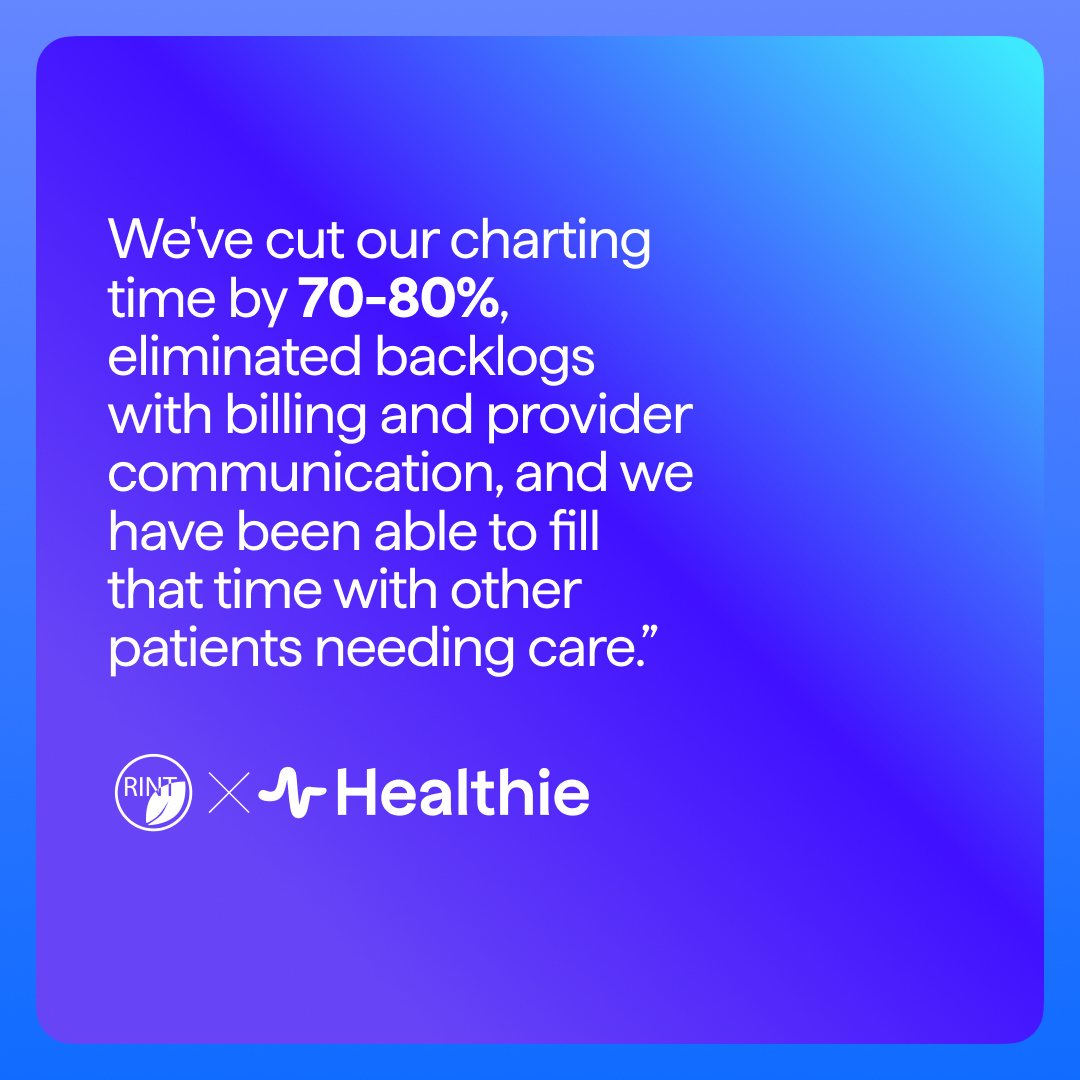

4 kinds of nutrition metrics to track for dietitians
Discover what client nutrition and meal metrics you should be tracking at your wellness practice. Learn how to use client data as a nutritionist.
As a dietitian in private practice, your ability to measure and analyze key health metrics is integral to your clients’ success. Clients are often motivated by tangible, data-driven outcomes, and tracking metrics allows you to demonstrate measurable progress, reinforce positive behavior changes, and guide evidence-based care decisions. Beyond improving client motivation, tracking metrics offers deep clinical insights that can impact overall health and wellbeing, ensuring that nutrition interventions are both effective and comprehensive.
The role of data in value-based nutrition care
With the shift towards value-based care, healthcare professionals – including nutritionists – are increasingly expected to track meaningful outcomes that demonstrate improved health. Unlike traditional fee-for-service models, value-based care emphasizes health improvements, disease prevention, and long-term well-being. Nutrition professionals who integrate data tracking into their practice are better equipped to provide this personalized care, to collaborate with healthcare teams, and to justify their role in client-centered health interventions.
Key health metrics to track in your practice
While weight, BMI, and food logs are commonly monitored, nutrition professionals should also consider tracking a broader range of clinical and functional health metrics. Here are key categories of data to incorporate into your practice:
1. Comprehensive Body Composition Metrics
- Body Fat Percentage & Muscle Mass: More accurate indicators of health changes than weight alone.
- Visceral Fat Levels: Helps assess risk for metabolic disorders.
- Waist-to-Hip Ratio: A predictor of cardiovascular health risks.
- Resting Metabolic Rate (RMR): Adjust caloric intake recommendations based on metabolic changes.
2. Blood Work & Biomarkers
Tracking lab values over time can provide critical insights into a client’s metabolic health, nutritional deficiencies, and overall well-being. Commonly monitored markers include:
- Hemoglobin A1C & Fasting Blood Glucose: Essential for diabetes management and insulin resistance tracking.
- Lipid Panel (Total Cholesterol, LDL, HDL, Triglycerides): Key for assessing cardiovascular health.
- Inflammatory Markers (CRP, Homocysteine): Indicators of chronic inflammation and disease risk.
- Thyroid Function (TSH, Free T3, Free T4): Important for identifying metabolic imbalances.
- Vitamin & Mineral Levels (Vitamin D, B12, Ferritin, Magnesium): Helps detect deficiencies affecting energy, immunity, and cognitive function.
- Hormonal Panels (Cortisol, Estrogen, Progesterone, Testosterone, Insulin-like Growth Factor-1): Important for addressing hormone-related conditions such as PCOS, adrenal fatigue, or menopause symptoms.
{{free-trial-signup}}
3. Gastrointestinal Health Metrics
As a dietitian, tracking gastrointestinal health metrics can provide you with invaluable insights into your clients' digestive well-being and help guide more personalized care recommendations. Consider incorporating these tools into your practice to enhance your assessments and support better outcomes:
- Stool Testing for Microbiome Health: Provides insights into gut diversity and digestion.
- Food Sensitivity & Intolerance Testing: Helps tailor dietary recommendations.
- GI Symptom Tracking: Using a scale (1-10) to assess bloating, discomfort, stool consistency, and digestion efficiency.
4. Behavioral & Subjective Metrics
Paying attention to behavioral and subjective metrics is essential for understanding how your clients' diets are impacting their daily lives and overall well-being. By tracking these indicators, you can provide more personalized guidance and better support your clients' health goals. Consider integrating these metrics into your practice:
- Food & Lifestyle Tracking: Research indicates that clients who track their food intake are more likely to achieve sustainable, long-term weight loss. However, the benefits of journaling extend beyond weight loss. It provides valuable insight into a client's daily habits and routines, helping you identify areas for improvement and create tailored strategies to support their overall health goals.
- Hunger & Fullness Cues: Supports intuitive eating and disordered eating recovery.
- Energy & Fatigue Levels: Helps connect diet changes to daily well-being.
- Mood & Mental Health Correlations: Nutritional psychiatry approaches link diet to mental wellness.
- Sleep Quality: Poor sleep can impact metabolism, hunger hormones, and overall health.
Collaborating with healthcare teams & ordering labs
For a truly integrative approach, collaborating with a client’s primary care physician or referring specialists for routine or specific lab work is essential. Providers may request labs or work with independent lab ordering platforms such as:
- Evexia Diagnostics
- Rupa Health
- LabCorp, Quest Diagnostics, and Specialty Labs
These services allow nutrition professionals to order lab tests directly, giving them access to critical health data that informs more precise interventions.
Using Healthie to track & analyze metrics
An all-in-one practice management solution like Healthie simplifies data tracking with integrated E-Labs functionality, customizable client metrics, and seamless sharing of insights with referring healthcare providers. Healthie’s platform supports:
- Automated tracking of weight, body fat, and other metrics through connected devices
- Customizable tracking tools for subjective and objective health measures
- Seamless lab ordering and results management
- Data sharing with clients and healthcare teams
By leveraging clinical metrics and tracking meaningful health outcomes, nutrition professionals can deliver value-based, results-driven care. Whether you're monitoring biometrics, ordering labs, or integrating subjective data, a structured approach to health tracking empowers both you and your clients to achieve sustainable, data-backed success in nutrition and wellness.





